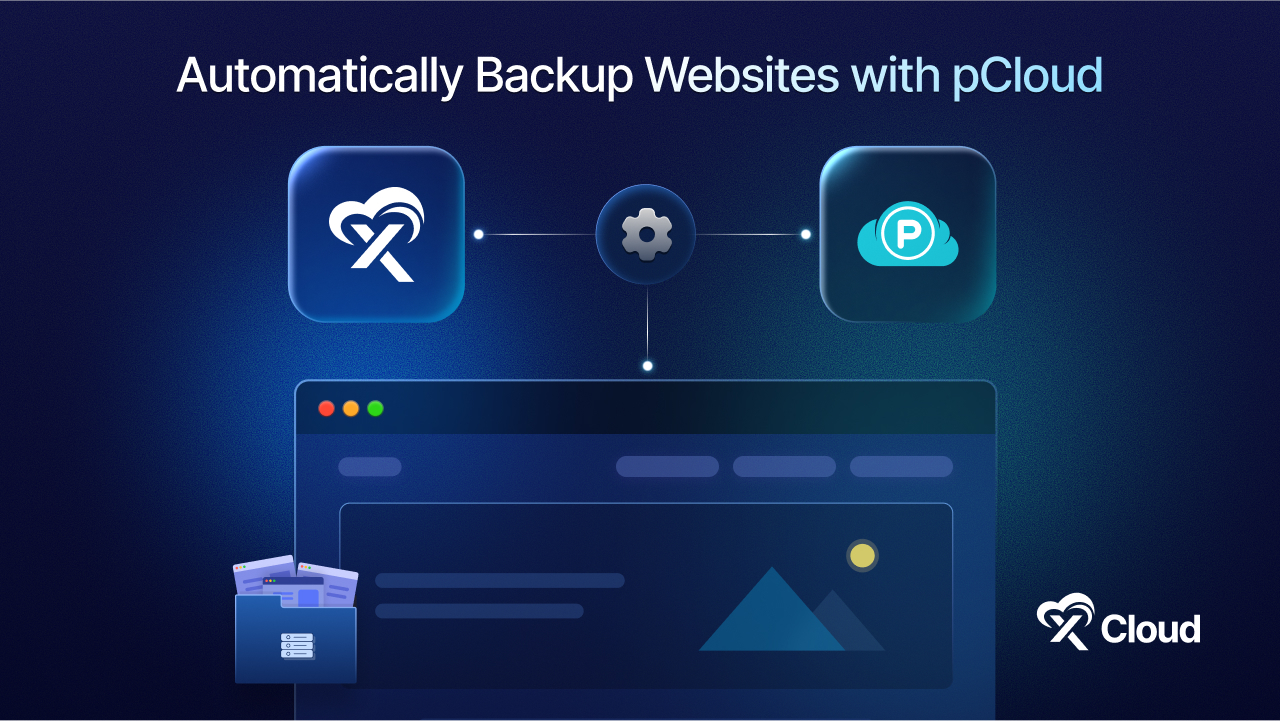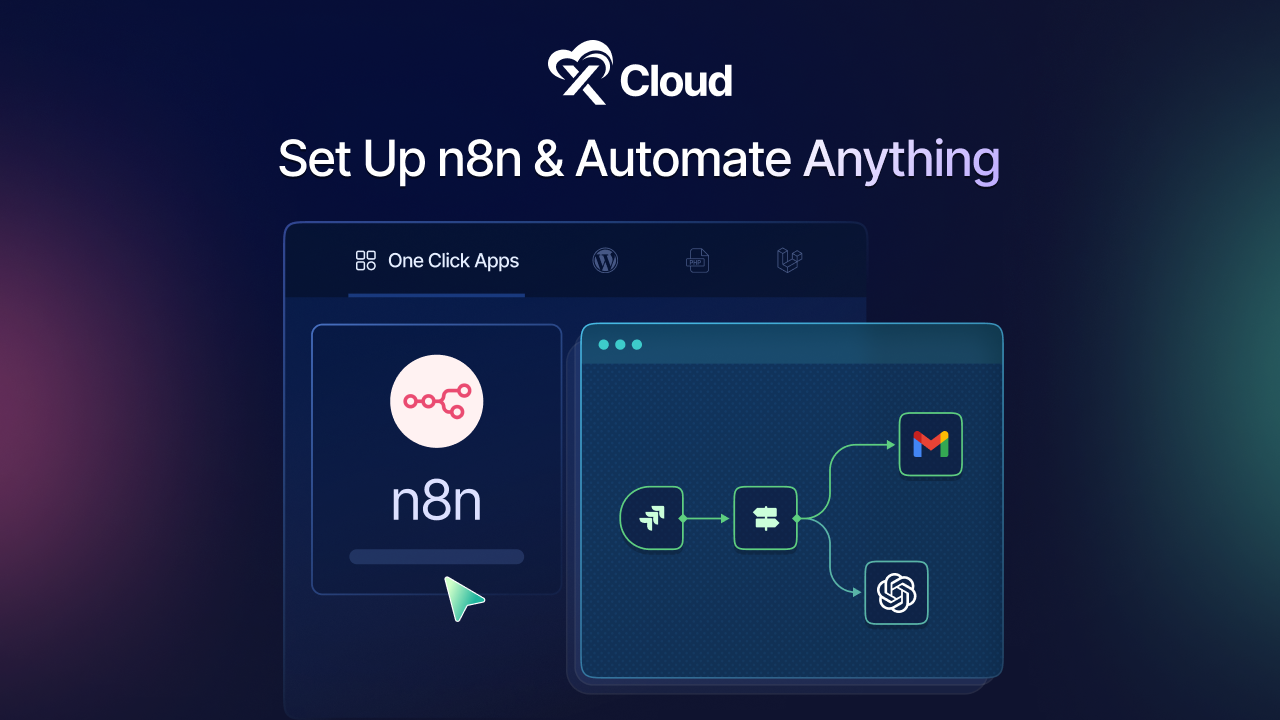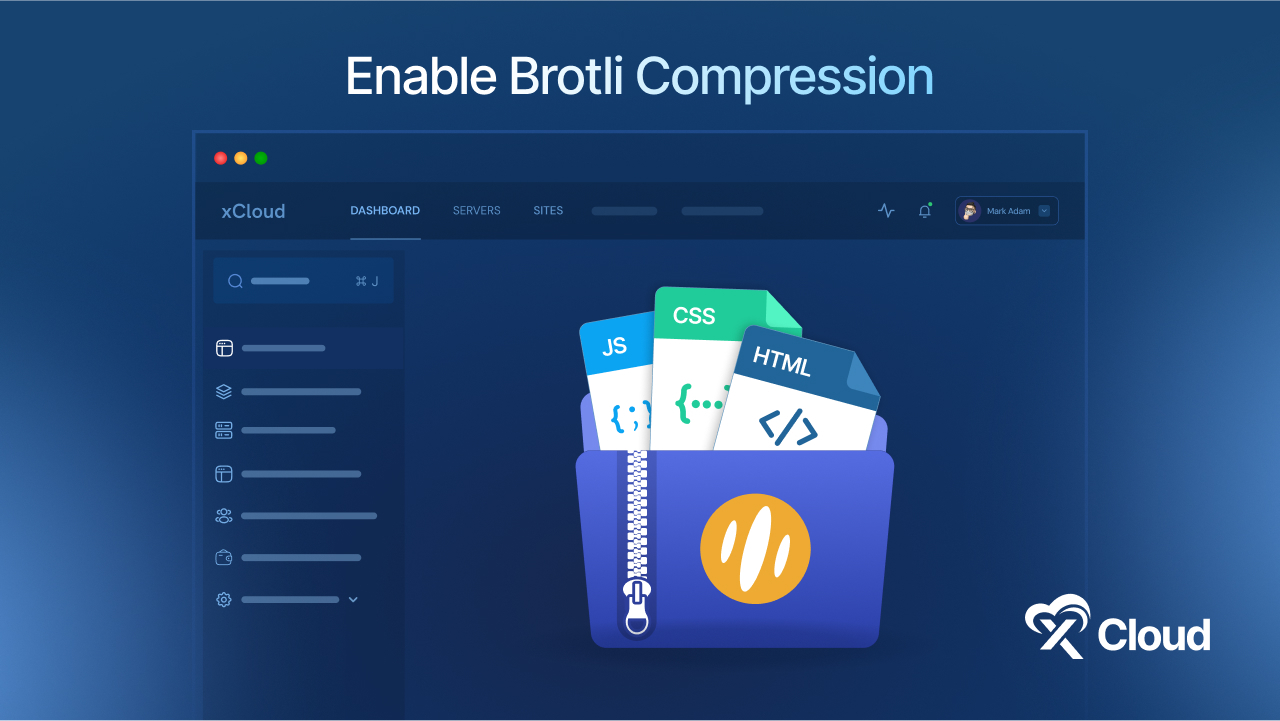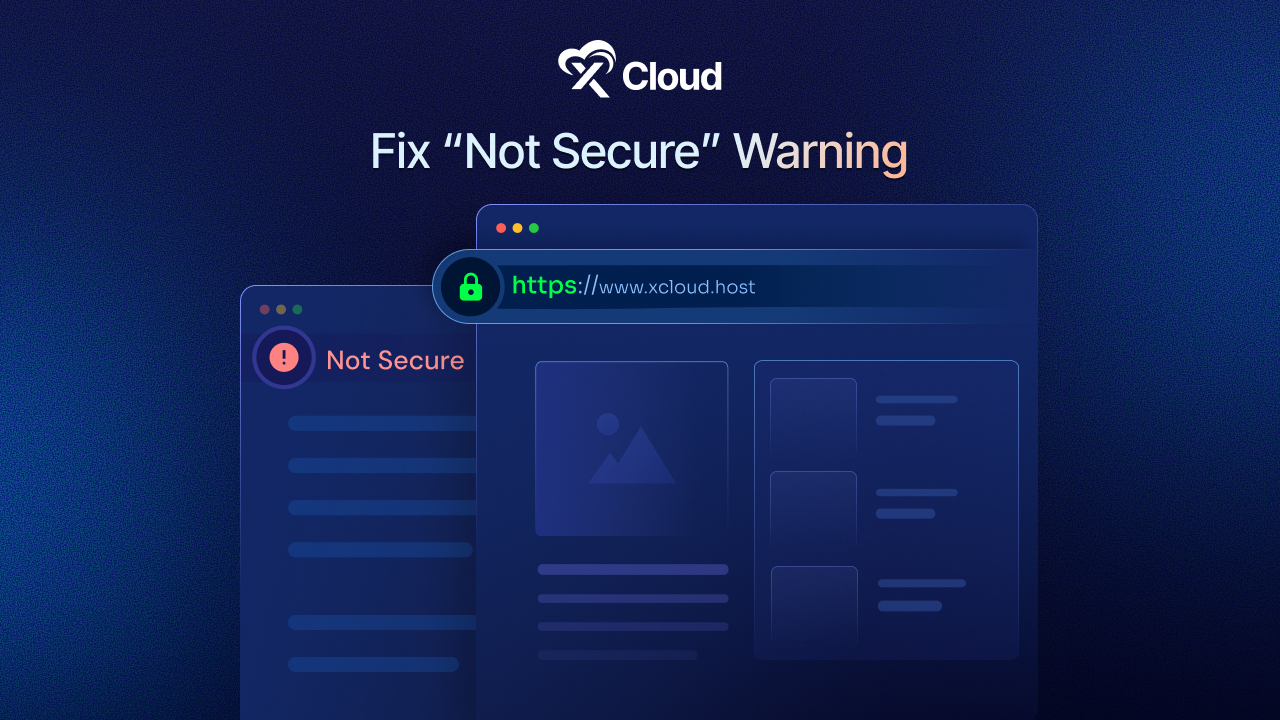Has your website ever encountered a ‘408 Request Timeout’ error while browsing? If yes, it is frustrating, right? 408 request timeout error occurs due to delay or interruption between client-server communication. If the server does not respond within the anticipated time, the timeout error happens. In this blog, we will let you know the causes behind request timeout errors, and how you can fix these errors (both server-side & client-side) in several ways.

What Is the Request Timeout Error?
The HTTP 408 error, also called the ‘Request Timeout’ error, happens when a server does not respond to a user’s request in time. This delay can happen due to having a slow network, too many requests on the server, or problems with the client’s internet connection.
In simple terms, the 408 Request Timeout means the server could not complete the request in the time it expected. This error can occur when people try to visit websites, use web applications, or make API calls, which can interrupt their experience.
For developers and server administrators, it is important to understand why this error happens and how to fix it. By addressing issues like slow networks or overloaded servers, they can improve the reliability and performance of web services, making the experience better for users.
The Reasons Behind 408 Request Timeout Error
A bunch of reasons are behind the 408 request timeout error. Among many of them, the following are the more basic and important ones you need to consider:
1. Connection Issues: Users might have slow or unstable internet connections that can delay sending requests, leading to timeouts.
2. Inaccurate URLs: Mistyped or unavailable URLs can confuse the server, wasting time and causing communication breakdowns that trigger the 408 error.
3. Web Server Configuration Errors: Wrong server settings or not enough resources can slow down request processing, which may result in timeouts and the 408 error.
4. Application-Level Problems: Slow algorithms, database queries, or heavy processes in the application code can cause delays, leading to timeouts and 408 errors.
5. Server Overload: When servers get too many requests at once, they may struggle to handle them quickly, leading to delays or timeouts and causing the 408 error.
As you know why this error occurs, you may be interested to learn how you can fix it. While you can not fix users’ internet connection and other above-mentioned things, the following are a few solutions that you opt for.
7 Easy Solutions to Fix 408 Request Timeout Error
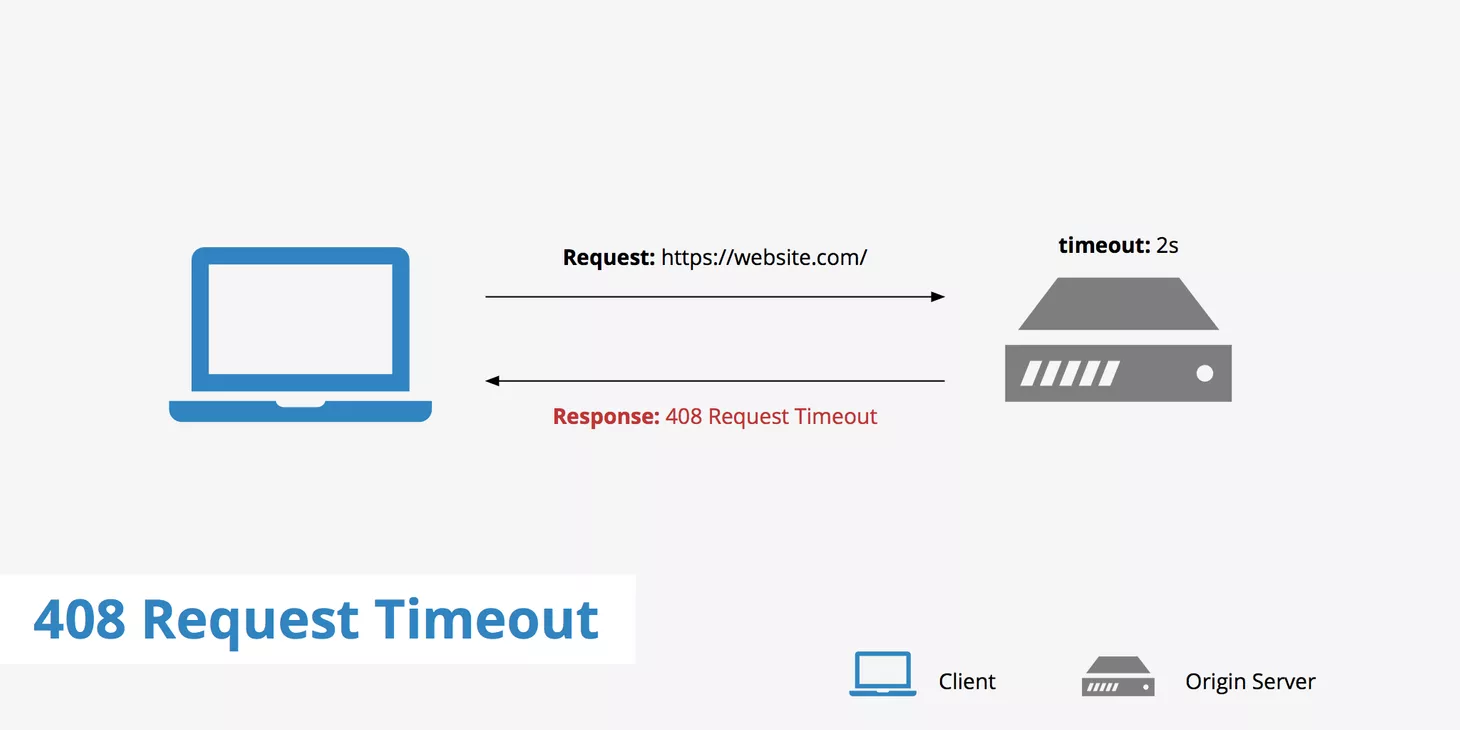
Source: KeyCdn
All the following solutions are classified into two categories: client-side solutions and server-side solutions. Let us start by fixing suggestions for client-side errors.
1. Check the URL Properly
You need to make sure all your website URLs are without typos, missing parts, or outdated links. For any reason, if the URL is wrong, the server might not find the right resource and could time out which leads to a 408 request timeout error. By properly checking and fixing any kind of mistakes in the URL, you can easily solve the issue.
2. Check the Platform’s Status
When you get a 408 request timeout error specifically on a website or platform, you need to check if the platform has any specific issues. To do the check, you can visit their status page or check their official support channels to see if they have reported any problems. If it is an issue on their end, you may need to wait for them to fix it.
3. Undo Recent Changes
Sometimes, recent updates or changes to your system can cause conflicts that lead to a 408 error. That is where you need to think about undoing recent changes like software updates, server setting adjustments, or network changes. This can help you figure out if those changes are causing the 408 request timeout error.
4. Remove New Plugins, Modules, or Extensions If There Any
Plugins, modules, or extensions you have added to your web browser can cause conflicts that lead to 408 request timeouts. You need to disable or temporarily uninstall any new additions you have recently updated or installed.
By doing so, you can have an understanding or determine if these components are causing the 408 error. If the error remains after uninstalling them, please consider finding updated versions or alternative solutions to achieve the same functionality.
Now, let us move to the server-side suggested fixes for the 408 request timeout error. From configuring the server, and examining the logs to debugging the code or script— could be suggested fixes from the server side.
5. Ensure the Server Is Properly Configured
To fix the 408 request timeout error from the server end, you need to make sure that your server is properly set up to handle incoming requests and respond within the expected time. Plus, check the server’s settings, focusing on resource allocation, connection limits, and timeout values.
After that, adjust these settings as needed to improve performance and handle the expected workload. For more details, refer to the server software’s documentation or support resources.
6. Check the Server Logs
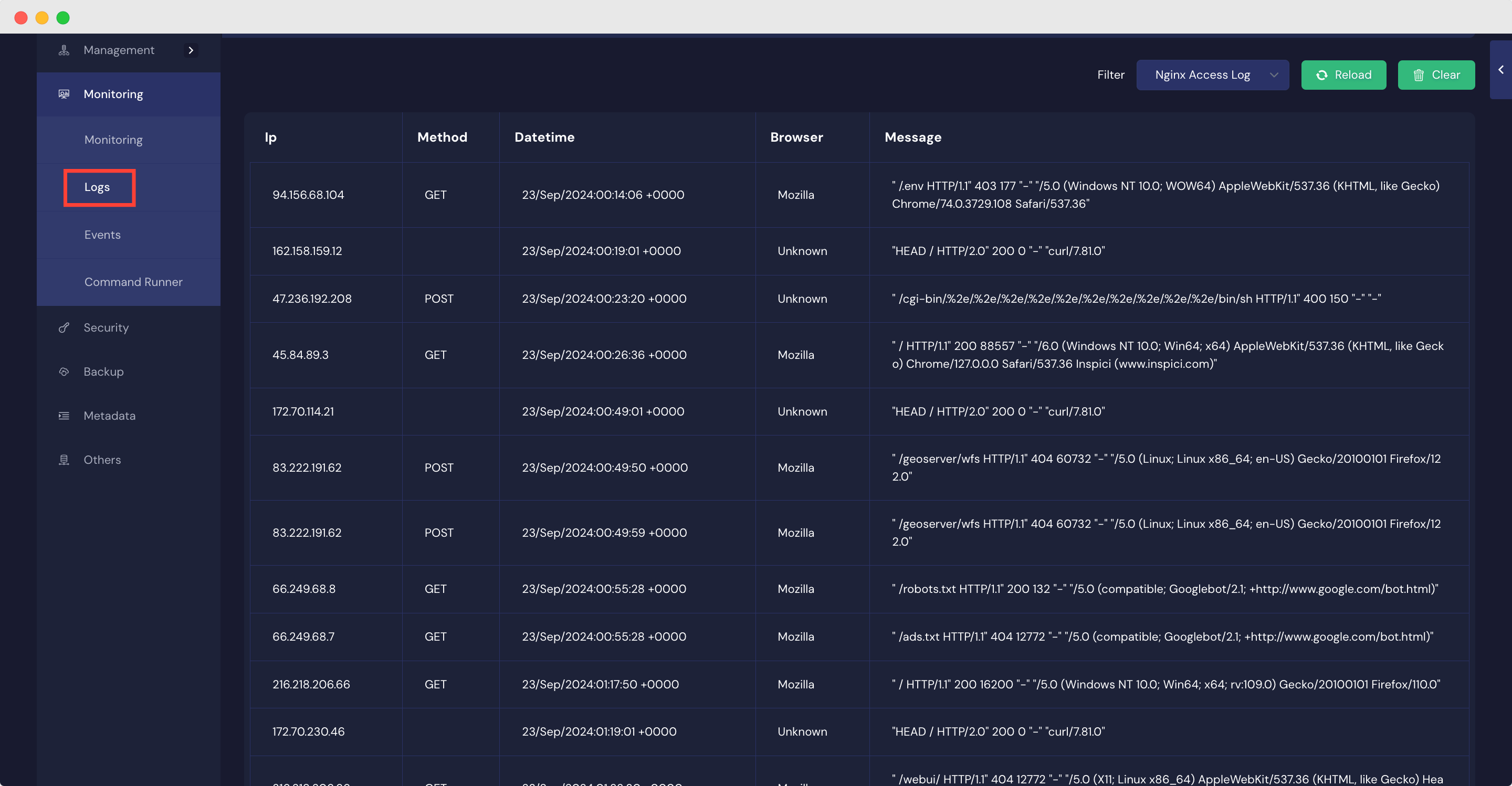
To understand the 408 request error better, look carefully at the server logs. With the logs, you can have a look at which requests timed out and help identify patterns or common issues. Moreover, catches any error messages, warnings, or signs of slow performance. Analyzing the logs can help you find the root cause and guide you toward a solution.
7. Debug the Applications’ Code or Script
In some cases, potential bugs may slow down request processing— that is why you need to review any custom scripts or code. Also, look for inefficiencies, long processes, poorly optimized database queries, or anything else that could cause timeouts. Moreover, use performance profiling, logging, or debugging tools to find and fix these issues.
Effectively Fix 408 Request Error & Boost Website Performance
The 408 Request Timeout error can happen for various reasons on both the client and server sides. Understanding these causes is key to fixing the problem quickly. By knowing what triggers this error and applying the right solutions, you can reduce its frequency. Ultimately, it leads to a better user experience and smoother communication between clients and servers.
If you want to read more blogs like this one to fix error issues, subscribe to our blogs. And join our Facebook community to connect people with common interests.



